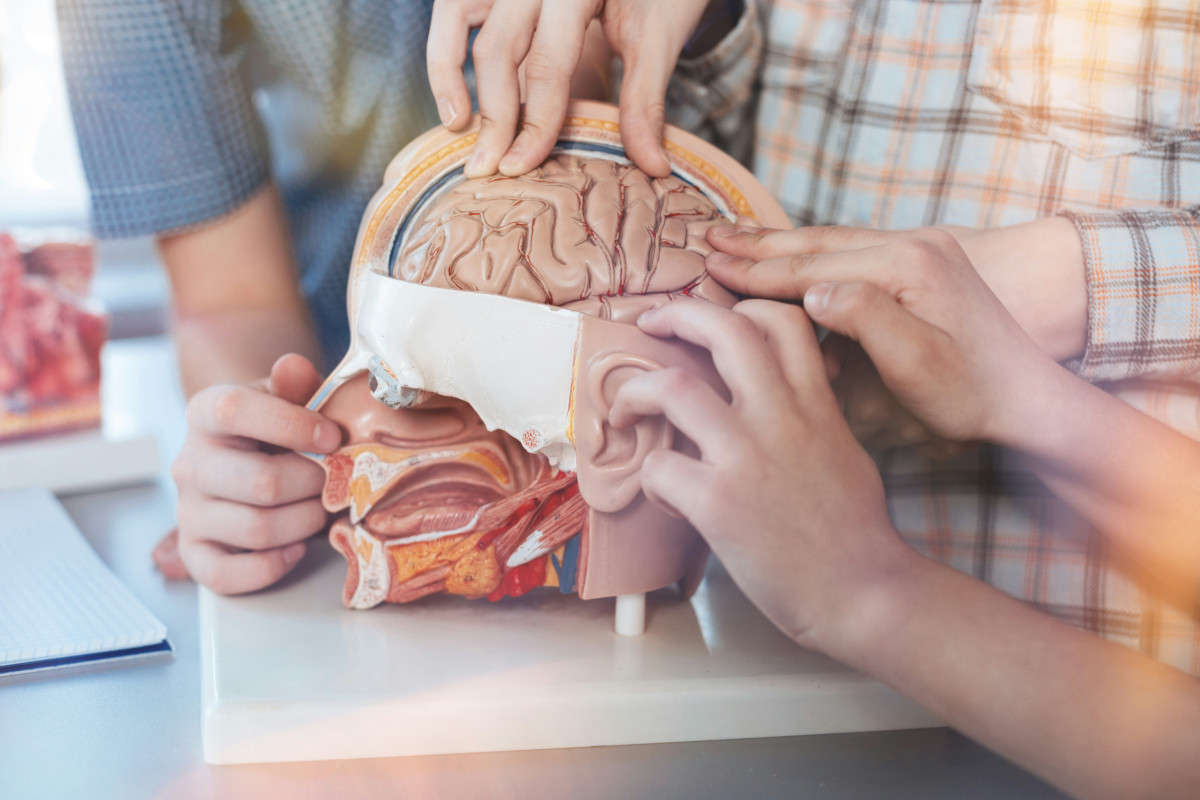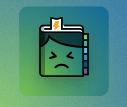The Medication-Overuse Headache – a Preventable Problem
The medication-overuse headache (referred to hereafter as ‘MOH’) has been well-known for a relatively long time. It was first described as an independent phenomenon in 1951. It always occurs in connection with migraine or tension-type headache and develops through the overuse of painkillers over a period of more than three months. This overuse happens when patients take pain medication on more than 10 days in a month and continue to do so over a period of more than three months. Around 90% of those affected have this kind of history with headaches; it practically never affects people with no pre-existing conditions, even when they take pain medication due to other symptoms. A MOH is when the medication overuse described above triggers headaches on at least 15 days per month. The good news: MOH can be avoided by taking preventative measures. But more on this later.
Von einem MÜK spricht man, wenn der beschriebene Übergebrauch der Medikamente an mindestens 15 Tagen pro Monat Kopfschmerz auslöst. Die gute Nachricht: MÜK lässt sich durch Vorbeugungsmaßnahmen vermeiden. Doch dazu später mehr.
-
References
Ashina S, Terwindt GM, Steiner TJ, Lee MJ, Porreca F, Tassorelli C, Schwedt TJ, Jensen RH, Diener HC, Lipton RB. Medication overuse headache. Nat Rev Dis Primers. 2023 Feb 2;9(1):5. doi: 10.1038/s41572-022-00415-0. PMID: 36732518.
Ashina, M. Migraine. N. Engl. J. Med. 383, 1866–1876 (2020).
Burstein, R. Deconstructing migraine headache into peripheral and central sensitization. Pain 89, 107–110 (2001).
Carlsen LN, Munksgaard SB, Nielsen M, Engelstoft IMS, Westergaard ML, Bendtsen L, Jensen RH. Comparison of 3 Treatment Strategies for Medication Overuse Headache: A Randomized Clinical Trial. JAMA Neurol. 2020 Sep 1;77(9):1069-1078. doi: 10.1001/jamaneurol.2020.1179. PMID: 32453406; PMCID: PMC7251504.
Carlsen LN, Rouw C, Westergaard ML, Nielsen M, Munksgaard SB, Bendtsen L, Jensen RH. Treatment of medication overuse headache: Effect and predictors after 1 year-A randomized controlled trial. Headache. 2021 Jul;61(7):1112-1122. doi: 10.1111/head.14177. Epub 2021 Jul 29. PMID: 34325483.
Carlsen LN, Westergaard ML, Bisgaard M, Schytz JB, Jensen RH. National awareness campaign to prevent medication-overuse headache in Denmark. Cephalalgia. 2018 Jun;38(7):1316-1325. doi: 10.1177/0333102417736898. Epub 2017 Oct 10. PMID: 28994604.
Da Silva AN, Lake AE 3rd. Clinical aspects of medication overuse headaches. Headache. 2014 Jan;54(1):211-7. doi: 10.1111/head.12223. Epub 2013 Oct 10. PMID: 24116964.
De Felice, M., Ossipov, M. H. & Porreca, F. Persistent medication-induced neural adaptations, descending facilitation, and medication overuse headache. Curr. Opin. Neurol. 24, 193–196 (2011).
Grazzi L, Raggi A, Guastafierro E, Passavanti M, Marcassoli A, Montisano DA, D'Amico D. A Preliminary Analysis on the Feasibility and Short-Term Efficacy of a Phase-III RCT on Mindfulness Added to Treatment as Usual for Patients with Chronic Migraine and Medication Overuse Headache. Int J Environ Res Public Health. 2022 Oct 29;19(21):14116. doi: 10.3390/ijerph192114116. PMID: 36360996; PMCID: PMC9653620.
Hagen K, Linde M, Steiner TJ, Stovner LJ, Zwart JA. Risk factors for medication-overuse headache: an 11-year follow-up study. The Nord-Trøndelag Health Studies. Pain. 2012 Jan;153(1):56-61. doi: 10.1016/j.pain.2011.08.018. Epub 2011 Oct 22. PMID: 22018971.
Hird MA, Sandoe CH. Medication Overuse Headache: an Updated Review and Clinical Recommendations on Management. Curr Neurol Neurosci Rep. 2023 Jul;23(7):389-398. doi: 10.1007/s11910-023-01278-y. Epub 2023 Jun 5. PMID: 37271793.
Peters, G. A. & Horton, B. T. Headache: with special reference to the excessive use of ergotamine preparations and withdrawal effects. Proc. Staff. Meet. Mayo Clin. 26, 153–161 (1951).
Stovner LJ, Hagen K, Linde M, Steiner TJ. The global prevalence of headache: an update, with analysis of the influences of methodological factors on prevalence estimates. J Headache Pain. 2022 Apr 12;23(1):34. doi: 10.1186/s10194-022-01402-2. PMID: 35410119; PMCID: PMC9004186.
Sun-Edelstein C, Rapoport AM, Rattanawong W, Srikiatkhachorn A. The Evolution of Medication Overuse Headache: History, Pathophysiology and Clinical Update. CNS Drugs. 2021 May;35(5):545-565. doi: 10.1007/s40263-021-00818-9. Epub 2021 May 17. PMID: 34002347.
Westergaard ML, Glümer C, Hansen EH, Jensen RH. Medication overuse, healthy lifestyle behaviour and stress in chronic headache: Results from a population-based representative survey. Cephalalgia. 2016 Jan;36(1):15-28. doi: 10.1177/0333102415578430. Epub 2015 Mar 24. PMID: 25804645.
Westergaard ML, Hansen EH, Glümer C, Olesen J, Jensen RH. Definitions of medication-overuse headache in population-based studies and their implications on prevalence estimates: a systematic review. Cephalalgia. 2014 May;34(6):409-25. doi: 10.1177/0333102413512033. Epub 2013 Nov 29. PMID: 24293089.
Westergaard ML, Munksgaard SB, Bendtsen L, Jensen RH. Medication-overuse headache: a perspective review. Ther Adv Drug Saf. 2016 Aug;7(4):147-58. doi: 10.1177/2042098616653390. Epub 2016 Jun 30. PMID: 27493718; PMCID: PMC4959634.






















